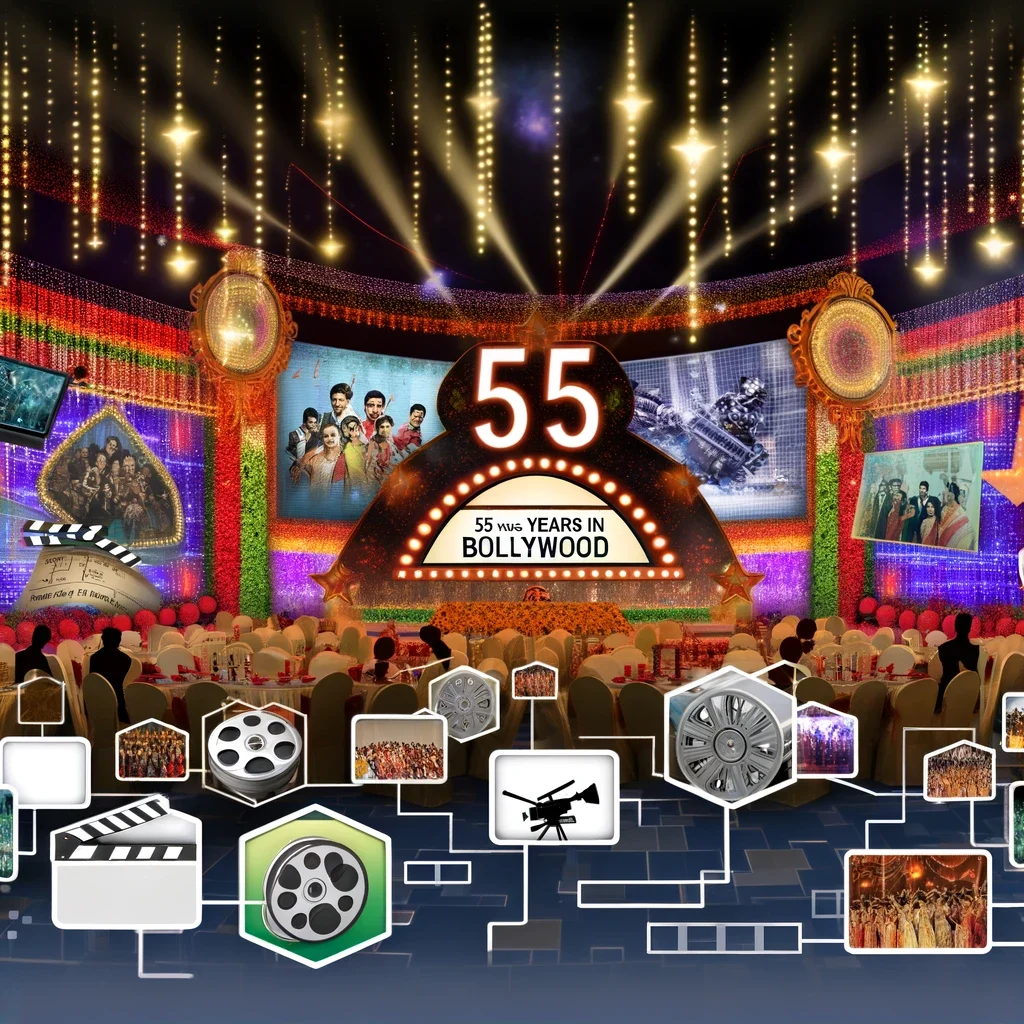In a groundbreaking collaboration, researchers from the University of British Columbia, Carnegie Mellon University, Monash University, and the University of Victoria have developed a novel method to significantly improve the efficiency of robots learning from human demonstrations. The study, recently posted on the arXiv preprint server, introduces a revolutionary approach that empowers non-expert human teachers to program robots simply by demonstrating tasks, eliminating the need for complex programming by computer scientists.
Democratizing Robot Training: A Paradigm Shift
Traditional robot programming systems have long relied on expert programmers to meticulously break down tasks into numerous sub-tasks, a time-consuming and computationally demanding process. The newly proposed method, known as Learning from Demonstrations (LfD), shifts the paradigm by enabling non-expert human teachers to guide robots through task learning via demonstrations, eliminating the necessity for intricate programming skills.
Critical to the success of LfD is the availability of high-quality demonstration data. The research team emphasizes the importance of representative datasets that mirror the states robots will encounter in real-world scenarios. The paper outlines a guidance system that facilitates the creation of an efficient set of demonstrations—minimizing their number while ensuring broad coverage of the task space, ultimately enhancing the robot’s generalization capabilities.
Training everyday users: Bridging the gap
A significant departure from prior LfD approaches, the researchers explore the potential of training everyday users, rather than computer scientists, to select training data that optimally enhance a robot’s learning. The proposed criteria for effective demonstrations, easily understandable by users of varying expertise levels, highlight areas of task space uncertainty, guiding human teachers to provide demonstrations that maximize robot learning with minimal effort.
Empowering lay users: A boost in robot learning efficiency
In a compelling experiment involving 24 novice robot users, an augmented reality (AR)–based guidance system was employed based on the outlined criteria. The users underwent a brief training session and were subsequently assessed on their ability to create effective demonstrations for new tasks without guidance. Results demonstrated a significant enhancement in lay users’ teaching skills, leading to improved robot learning and generalization efficiency.
The research team, led by Maram Sakr, envisions the democratization of robotics access across various domains. The integration of intuitive and interactive training into the LfD pipeline not only reduces the time needed to train robots for new tasks but also facilitates skill transfer for domain experts lacking programming knowledge. The potential cost reduction in robot training via imitation learning and increased learning efficiency position this approach as a catalyst for the widespread use of robots in diverse fields.
Realizing the future: Implications and further exploration
The study’s findings indicate that teaching non-expert users to create effective demonstrations can drastically reduce the cost of robot training while enhancing learning efficiency. Demonstrations created by trained participants led to a remarkable improvement in robot learning efficiency compared to those created by non-trained users. The research team’s criteria and AR-based guidance system pave the way for future exploration, potentially aiding the deployment of robots in real-world environments and advancing their ability to learn from human demonstrations.
This collaborative effort presents a significant leap forward in the field of robotics, offering a more accessible and efficient approach to training robots for diverse tasks. The democratization of robot programming and the emphasis on high-quality demonstration data signify a paradigm shift, marking a pivotal moment in the evolution of human-robot interaction. As researchers continue to explore the real-world applications of this approach, the future holds promise for a seamlessly integrated robotic presence across various industries.





